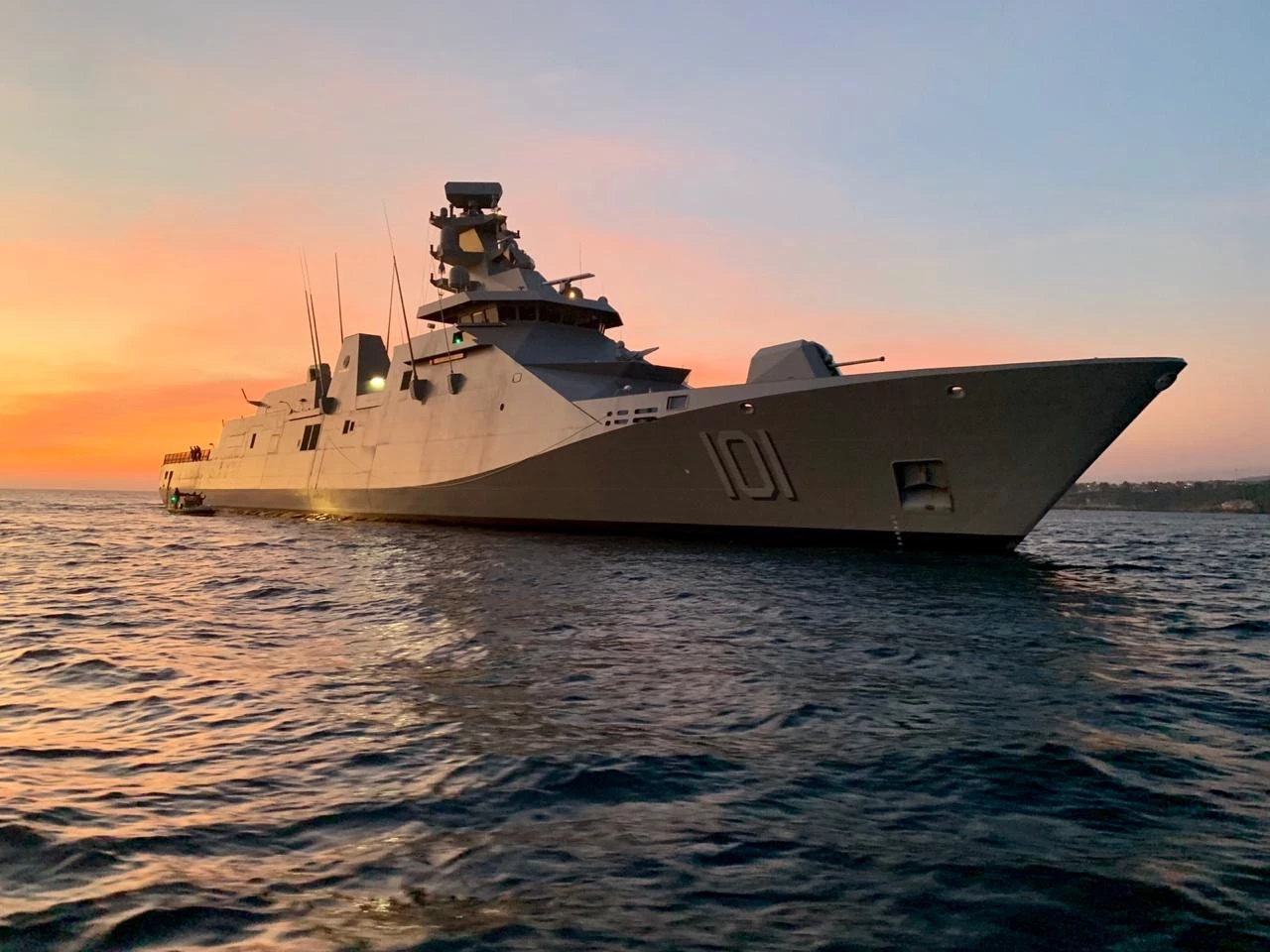Electromagnetic Environmental Effects
Electromagnetic effects on complex platforms
HEMCUVE/M3
Military platforms
Military platforms (ships, aircraft, helicopters, battle tanks, UAVs, etc.) can be very complex environments from an electromagnetic point of view. They typically include hundreds of antennas belonging to multiple systems of all types (communications, navigation, radar, weapons guidance, electronic warfare, etc.) sharing a very small space on the ship’s topside (cosite). These systems integrate powerful transmitters together with highly sensitive receivers, operating over the entire frequency range, from LF to K-band (10 KHz to 36 GHz).
In this complex context, transmitters can sometimes cause performance losses, make operation impossible or even cause permanent damage (burnout) to the receivers, due to the interference caused to them, or even generate situations of potential danger to personnel, weapons or fuel.
Effective management
Electromagnetic Environmental Effects
The effective management of these issues is referred to globally as E3 (Electromagnetic Environmental Effects) and has taken on a fundamental role in the early design stages of a modern military platform. Within E3 are key disciplines such as:
Experience and leadership
Leadership in electromagnetic simulation
The team of professors/researchers SC7-B of the University of Vigo (UV), in cooperation with the Computational Electromagnetics team (CEM) of the University of Extremadura (UEx), an inter-university research group UV-UEx, hereafter referred to as EM3W group, has been collaborating for many years with the Spanish Navy, Navantia, Indra and other national and foreign organisations and companies, carrying out electromagnetic simulations of E3, radar and electronic warfare problems on board ships and other complex platforms (aircraft, helicopters, battle tanks, etc.). ). This team has grown over the last 25 years, acquiring experience, knowledge, infrastructures and its own simulation tools that have led it to be today in a leading position worldwide when it comes to tackling electromagnetic simulation problems in the fields of E3 (EMC, EMI, EMR or RADHAZ), radar and electronic warfare.

Por todo ello, se puede asegurar que actualmente no existe en el mercado ninguna empresa ni organismo que ofrezca la posibilidad de contratar los servicios de un equipo con los conocimientos, la experiencia y los recursos (tanto de software como de infraestructuras de simulación y experiencia) semejantes a los que ofrece el equipo EM3W, en el ámbito de la simulación electromagnética de sistemas a bordo de plataformas reales complejas. Precisamente, la complejidad de este tipo de trabajos y la gran competitividad en base a la calidad de los resultados ofrecidos, provocó un incremento casi exponencial en la demanda de estudios en E3, que motivó a las Universidades de Vigo y de Extremadura a crear una spin off, EM3Works, para la explotar de dichas capacidades.
Therefore, it is safe to say that there is currently no company or organisation on the market that offers the possibility of contracting the services of a team with the knowledge, experience and resources (both software and simulation infrastructures and experience) similar to those offered by the EM3W team, in the field of electromagnetic simulation of systems on board complex real platforms. Precisely, the complexity of this type of work and the high competitiveness based on the quality of the results offered, caused an almost exponential increase in the demand for E3 studies, which motivated the Universities of Vigo and Extremadura to create a spin off, EM3Works, to exploit these capabilities.
Exclusivity and leadership


